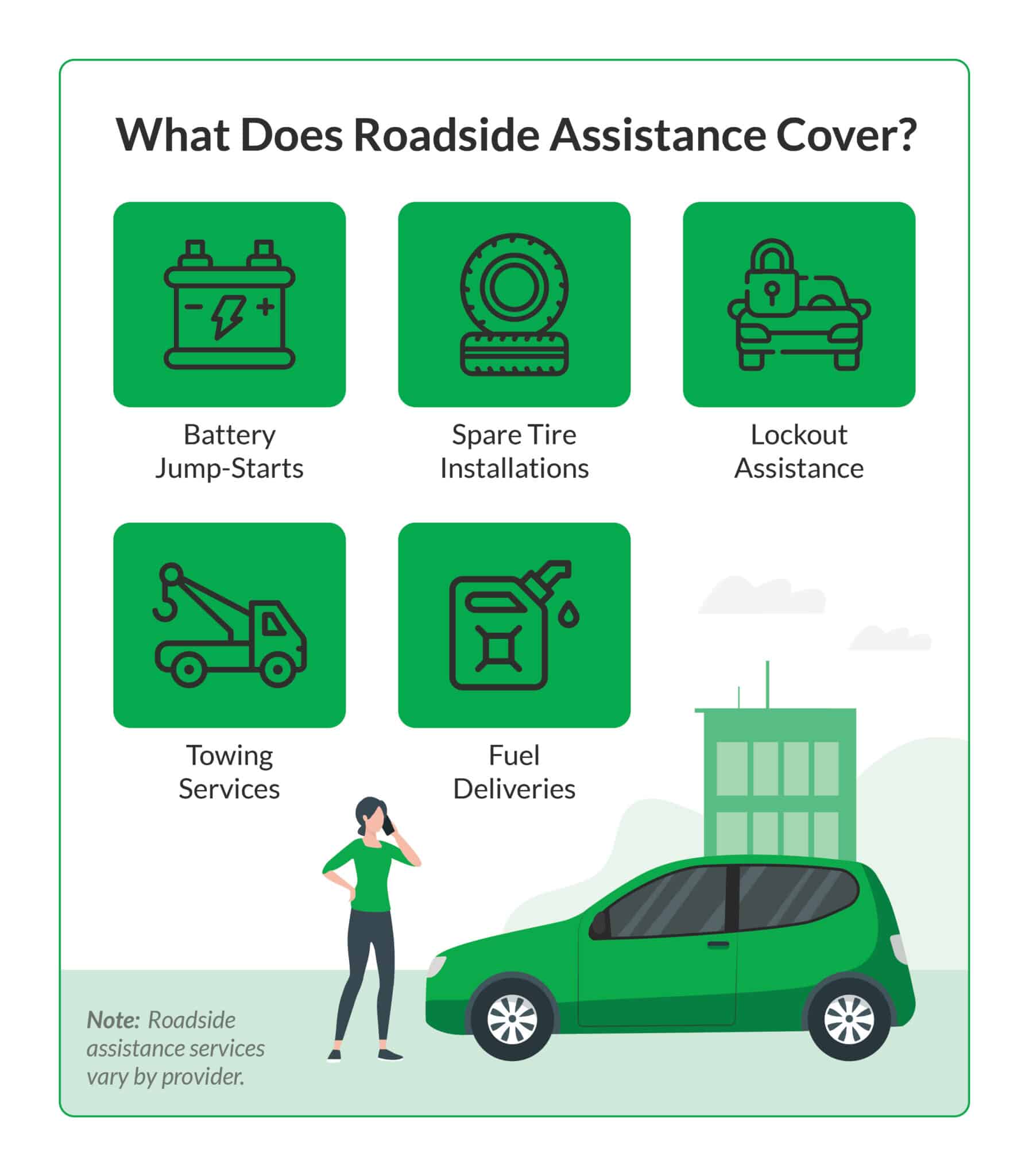Table of Contents
- Introduction to Lifeline Assistance
- Qualification Models for Life saver Administrations
- The Development of Life saver Help Throughout the long term
- Lifeline and Technology Access
- Comparing Lifeline with Other Assistance Programs
- Lifeline’s Role in Education and Employment
- Navigating the Application Process for Lifeline
- Understanding the Role of Service Providers in Lifeline
- Community Impact and Testimonials
Key Takeaways
- Essential details of the Lifeline Assistance program for informed decision-making.
- Crucial insights into eligibility, application, and program benefits for potential participants.
- Discussion on the evolution, significance, and prospects of the Lifeline program.
- Comparison of Lifeline with other social assistance initiatives and its unique position.
Introduction to Lifeline Assistance
The importance of digital connectivity in the present society couldn’t possibly be more significant, with a greater part of essential administrations and data living on the web. Life saver Help is a government program that gives fundamental media communications administrations to Americans no matter what their financial status. This drive turns out qualified low-revenue families with a month to month rebate on telephone or internet providers, hence supporting their imperative association with work, family, crisis administrations, from there, the sky is the limit.
Eligibility Criteria for Lifeline Services
To qualify for Lifeline benefits, individuals should meet explicit qualification standards in view of their pay levels or support in government help programs. Projects such as the Georgia lifeline program enable underserved networks to get to this basic advantage, making computerized inclusivity a reality rather than an honor. Qualification prerequisites for explicit projects might vary relying upon the state. In any case, a singular’s pay commonly should be equivalent to or under 135% of the Government Neediness Rules. Then again, individuals can likewise be qualified for programs like Medicaid, Supplemental Nourishment Help Program (SNAP), or Supplemental Security Pay (SSI).To get benefits, candidates should show their qualification through documentation and recertify their status yearly. Misinterpretations about qualification frequently deter qualified people from applying. Accordingly, it is essential to spread precise data to arrive at all who might profit from the program.
The Evolution of Lifeline Assistance over the Years
The Lifeline program has a legacy of adjusting to the broadcast communications scene since its foundation during the 1980s — at first, it sponsored landline telephone utilities for low-pay Americans. Notwithstanding, as the need for web availability became evident, Help extended to incorporate versatile and broadband internet providers. As time passes, new updates and amendments are made, guaranteeing the program stays lined up with innovative progressions and keeps on serving the necessities of its members. Expecting future upgrades, Help may before long address arising web innovations and further developed availability choices.
Lifeline and Technology Access
The gates to economic, social, and educational opportunities are predominantly located online as the world becomes increasingly interconnected. Lifeline recognizes this shift and actively works to prevent a growing digital divide by subsidizing the cost of broadband services for low-income individuals. This supports the pursuit of opportunities and enhances digital literacy and inclusivity, enabling participants to engage fully with the modern technological landscape. This focus on connectivity empowers and enables individuals to thrive in a digital society, granting them the same advantages as those with higher incomes.
Comparing Lifeline with Other Assistance Programs
While there are numerous federal and state assistance programs aimed at supporting low-income households, Lifeline stands uniquely focused on telecommunications. It dovetails with initiatives like housing assistance, healthcare subsidies, and food stamps but remains distinguished by its sole accentuation on connectivity. The program is instrumental in daily communications and is a foundation for accessing many other essential services, making it an indispensable complement to the existing social safety net. As such, Lifeline is crucial in reducing the communication cost burden and spreading awareness for digital empowerment among vulnerable populations.
Lifeline’s Role in Education and Employment
Beyond calls and texts, Lifeline’s subsidization of internet access profoundly affects education and employment. As online classes and digital learning resources become the norm, Lifeline ensures that students from low-income households are provided with the necessary tools for academic success. Likewise, for job seekers, the ability to search for employment online, submit digital applications, and attend virtual interviews can be pivotal. Such connectivity can open new opportunities and pave the way for economic advancement. As a result, Lifeline acts as an essential bridge, connecting its users to a future of possibilities.
Navigating the Application Process for Lifeline
The journey to Lifeline benefits can appear complex, but a step-by-step approach simplifies the process. Interested individuals must first confirm their eligibility, which often involves compiling documentation that proves participation in qualifying programs or income eligibility. Once gathered, the next step is to complete a formal application—this can be done online, by mail, or through a Lifeline service provider. Understanding what is expected ahead of time can significantly ease the application experience, reducing the risk of delays and ensuring timely access to benefits. You are advised to apply through a reputable service provider to assist with navigating this process.
Understanding the Role of Service Providers in Lifeline
The telecommunications organizations that act as the entryways to limited administrations are similarly critical to the Help program. These suppliers should comply with severe rules set by the program, guaranteeing fair and equivalent admittance to every single qualified person. They are answerable for teaching buyers about Life saver administrations, handling applications, and keeping up with consistence with government guidelines. For supporters, it is critical to comprehend their privileges inside the program and the legally binding agreements spread out by their Help specialist organization to guarantee they are getting the full advantage they are qualified for.
Community Impact and Testimonials
The real value of Lifeline is best portrayed through the accounts of its recipients. Whether it’s a family remaining associated with far off family members, an understudy directing exploration for school, or a jobless individual getting some work, these stories epitomize the groundbreaking force of network. Community leaders and advocates often share these success stories, providing powerful testimonials that underline the positive effects of Lifeline on community development and engagement.

